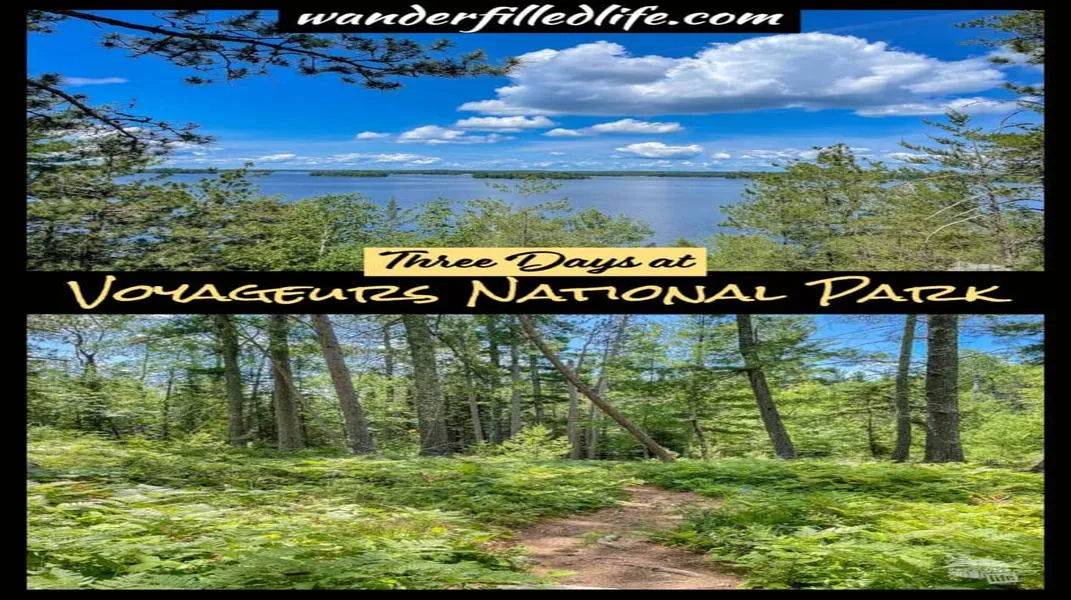Discovering Big Bend National Park: A Natural Wonderland in Texas
Nestled in the Trans-Pecos region of Texas, Big Bend National Park is a vast expanse of rugged beauty and diverse ecosystems. Covering over 800,000 acres, it is a sanctuary for wildlife, a paradise for outdoor enthusiasts, and an archaeological treasure trove that holds the stories of ancient cultures. Whether you're an avid hiker, a birdwatcher, or simply someone looking to soak in the breathtaking landscapes, Big Bend has something to offer everyone. In this article, we will explore the park's unique features, activities, and essential preparations for your visit.
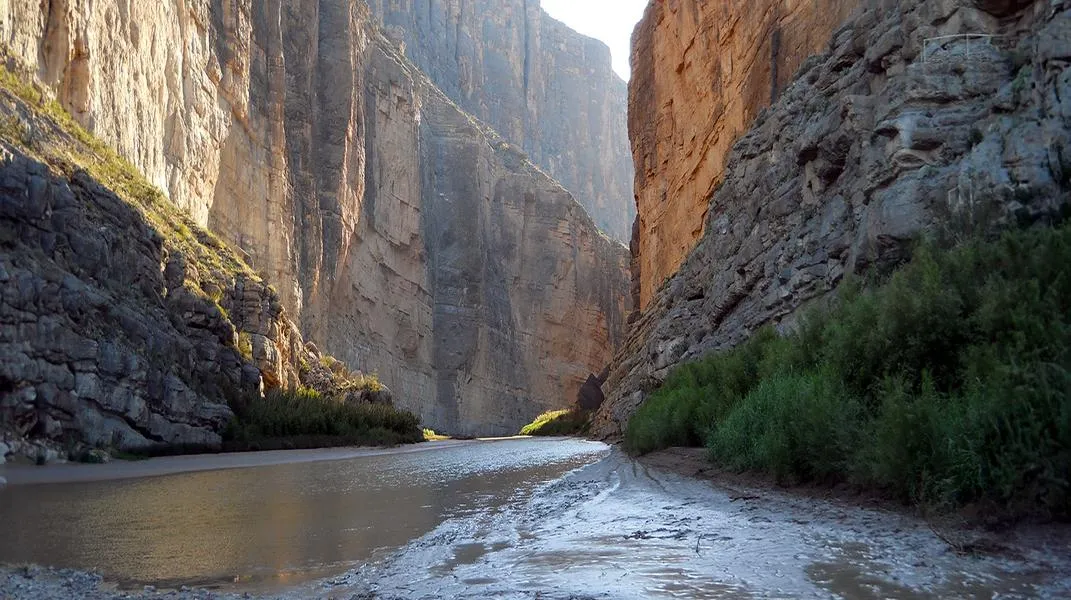
Overview of Big Bend National Park
Landscape and Geography
Big Bend National Park is defined by its dramatic landscapes, which range from the Rio Grande River that forms the international border with Mexico, to the soaring Chisos Mountains that rise sharply from the desert floor. The park is named after a bend in the Rio Grande, where the river makes a dramatic turn, creating a striking natural boundary.
The park is divided into several distinct areas, each showcasing different geological formations and ecosystems:
- Desert: The Chihuahuan Desert is characterized by its vast expanses of arid land, dotted with cacti, yucca, and other hardy plants. Wildlife such as roadrunners, jackrabbits, and various lizards thrive in this harsh environment.
- Mountain: The Chisos Mountains, the only mountain range in the United States located entirely within a national park, offer lush forests of pine and oak, along with stunning vistas. The highest peak, Emory Peak, stands at 7,832 feet and provides breathtaking views.
- Riverside: The Rio Grande offers a lush riparian habitat and is a crucial water source for both wildlife and visitors. The river’s canyons and banks are home to various bird species, including the endangered peregrine falcon and the colorful painted bunting.
Climate
Big Bend experiences a semi-arid climate, with hot summers and mild winters. Daytime temperatures in the summer can exceed 100°F, while winter temperatures can drop to the 30s°F at night. Rainfall is scarce, with most precipitation occurring in late summer and early fall. The park is open year-round, but spring and fall are the most popular times to visit due to more moderate temperatures.
Flora and Fauna
Big Bend is a biodiversity hotspot, boasting over 1,200 plant species, 450 species of birds, and a variety of mammals, reptiles, and amphibians. The diverse habitats range from desert scrub to mountain forests, allowing for a rich tapestry of wildlife. Visitors may spot mule deer, coyotes, black bears, and even the elusive mountain lion. Birdwatchers will delight in the variety of species, with opportunities to see migratory birds and resident species throughout the year.
Activities in Big Bend National Park
Hiking
Hiking is one of the most popular activities in Big Bend, offering trails for all skill levels:
- Lost Mine Trail: A moderate 4.8-mile round trip that leads to a stunning overlook of the Chisos Mountains.
- Windows Trail: An easy 5.6-mile round trip that showcases unique rock formations and provides breathtaking views of the sunset.
- South Rim Trail: For more experienced hikers, this challenging 12-14 mile loop offers panoramic vistas and a chance to see diverse wildlife.
- Santa Elena Canyon Trail: This 1.7-mile round trip hike leads you into the heart of the stunning Santa Elena Canyon, carved by the Rio Grande.
Camping
Big Bend offers several campgrounds, each providing a unique experience. The most popular campgrounds include:
- Chisos Basin Campground: Nestled in the mountains, this campground offers stunning views and access to several hiking trails.
- Rio Grande Village Campground: Located near the river, this campground is ideal for those looking to explore the desert landscape.
- Cottonwood Campground: A quieter option along the river, perfect for birdwatching and stargazing.
Stargazing
Due to its remote location and minimal light pollution, Big Bend is one of the best places in the United States for stargazing. The park hosts regular stargazing programs, and visitors can enjoy the Milky Way and countless constellations with the naked eye. Be sure to check the moon phase before your visit for the best viewing experience.
River Activities
The Rio Grande offers a range of recreational activities, including canoeing, kayaking, and rafting. The calm waters of the river make it suitable for beginners, while the more adventurous can explore stretches with rapids. Guided tours are available for those seeking a more curated experience.
Wildlife Viewing and Birdwatching
The park is a haven for wildlife enthusiasts and birdwatchers. Various trails and scenic drives provide great opportunities to observe animals in their natural habitats. The park’s diverse ecosystems support a wide range of species, making it an ideal destination for photographers and nature lovers alike.
Planning Your Visit: Essential Preparations
Getting There
Big Bend National Park is located in a remote part of West Texas, approximately 100 miles from the nearest major city, Alpine. The nearest airports are in El Paso and Midland. The park is accessible by car, and a scenic drive along Highway 385 leads directly to the park entrance.
Best Time to Visit
The best time to visit Big Bend depends on your interests:
- Spring (March to May): Ideal for wildflower blooms and comfortable hiking temperatures.
- Fall (September to November): Offers pleasant weather and fewer crowds.
- Summer (June to August): Hot, but great for river activities and star-gazing at night.
- Winter (December to February): Mild temperatures, but be prepared for cold nights.
What to Bring
Proper preparation is crucial for a successful visit to Big Bend. Here’s a checklist of essential items to bring:
Clothing
- Layered Clothing: Temperatures can vary significantly, so wear layers that you can easily add or remove.
- Hiking Boots: Sturdy, comfortable footwear is essential for the park's rugged trails.
- Hat and Sunglasses: Protect yourself from the Texas sun.
- Rain Gear: A lightweight jacket or poncho in case of unexpected rain.
Gear
- Daypack: A comfortable backpack to carry your essentials during hikes.
- Water Bottles or Hydration System: Staying hydrated is crucial, especially in the desert environment.
- GPS or Map: While cell service is limited in the park, having a physical map can be very helpful.
- Camera: Capture the stunning landscapes and wildlife.
Food and Supplies
- Snacks: High-energy foods like trail mix, granola bars, and fruit.
- Camping Gear: If you plan to camp, bring a tent, sleeping bag, and cooking equipment.
- First Aid Kit: A basic kit for minor injuries and ailments.
- Sunscreen and Insect Repellent: Protect your skin from sunburn and pesky insects.
Park Regulations and Safety
Before visiting Big Bend, familiarize yourself with park regulations to ensure a safe and enjoyable experience. Key points to remember include:
- Leave No Trace: Follow the Leave No Trace principles to minimize your impact on the environment.
- Wildlife Safety: Observe animals from a distance and never feed them.
- Stay on Designated Trails: Protect fragile ecosystems by sticking to established paths.
- Hydration: Always carry enough water, especially when hiking.
Visitor Centers
Stop by the park's visitor centers for maps, information, and advice on current conditions. The Chisos Basin Visitor Center and Persimmon Gap Visitor Center are excellent places to start your adventure.
Conclusion
Big Bend National Park is a breathtaking destination that offers a unique blend of natural beauty, outdoor adventure, and rich cultural history. From the rugged mountains to the winding Rio Grande, every corner of the park tells a story. Whether you're hiking the trails, camping under the stars, or simply soaking in the stunning landscapes, your visit to Big Bend is sure to be a memorable experience.
With the right preparations, you can fully enjoy all that this incredible park has to offer. So pack your bags, lace up your hiking boots, and get ready to explore one of Texas's most cherished natural wonders!
Related Posts
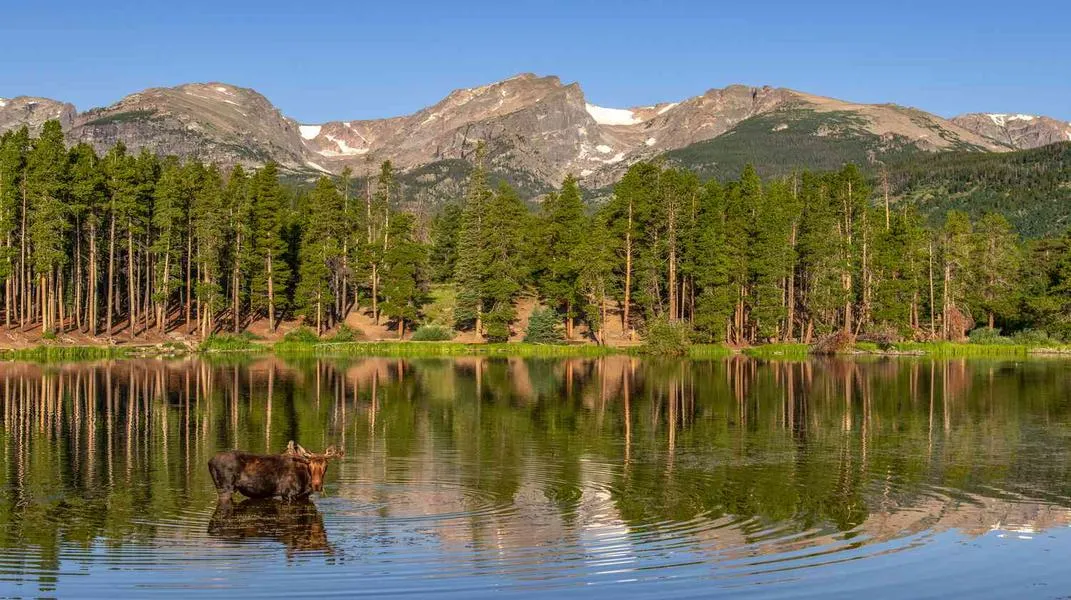
Discovering Rocky Mountain National Park: A Comprehensive Guide for Your Visit
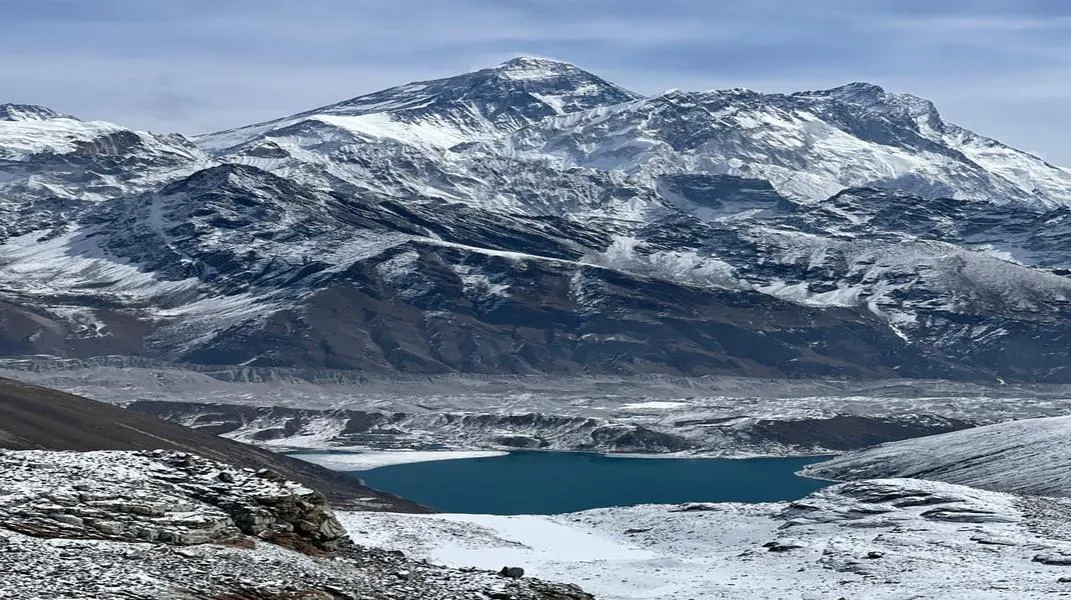
Exploring Sagarmatha National Park: A Journey to the Roof of the World
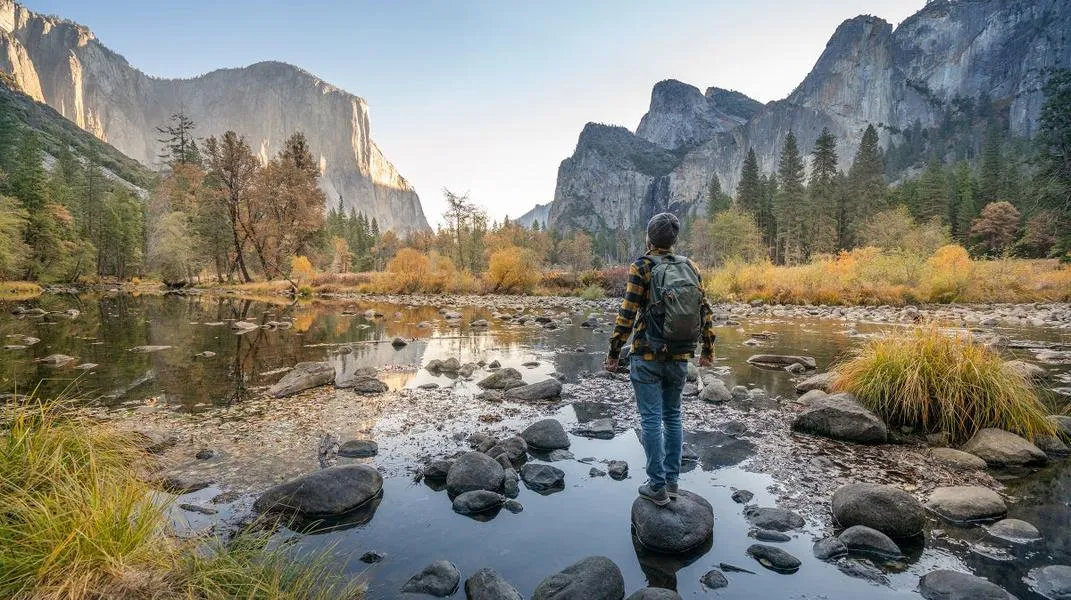
Exploring the Majestic Yosemite National Park: A Comprehensive Guide for Travelers
